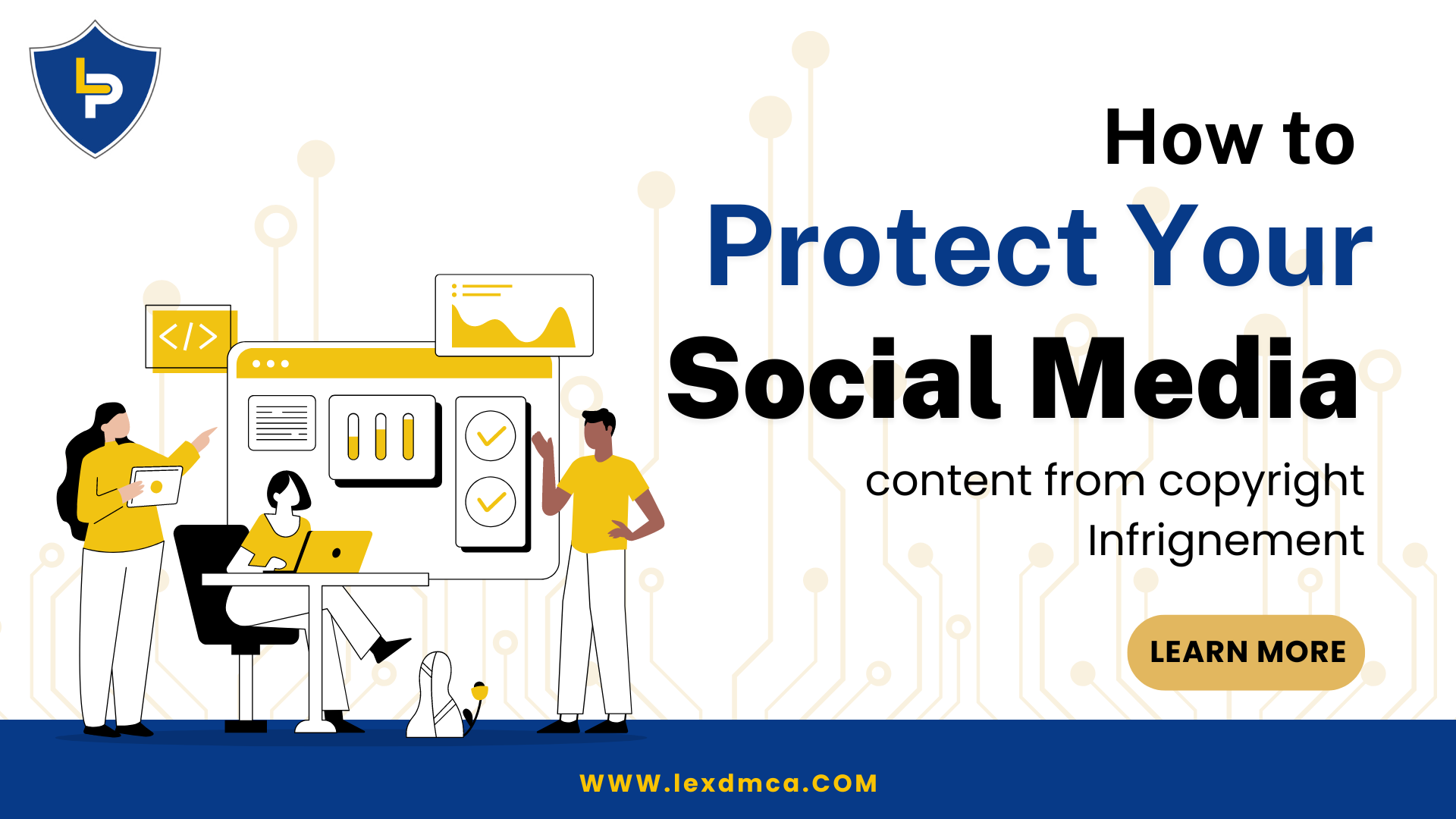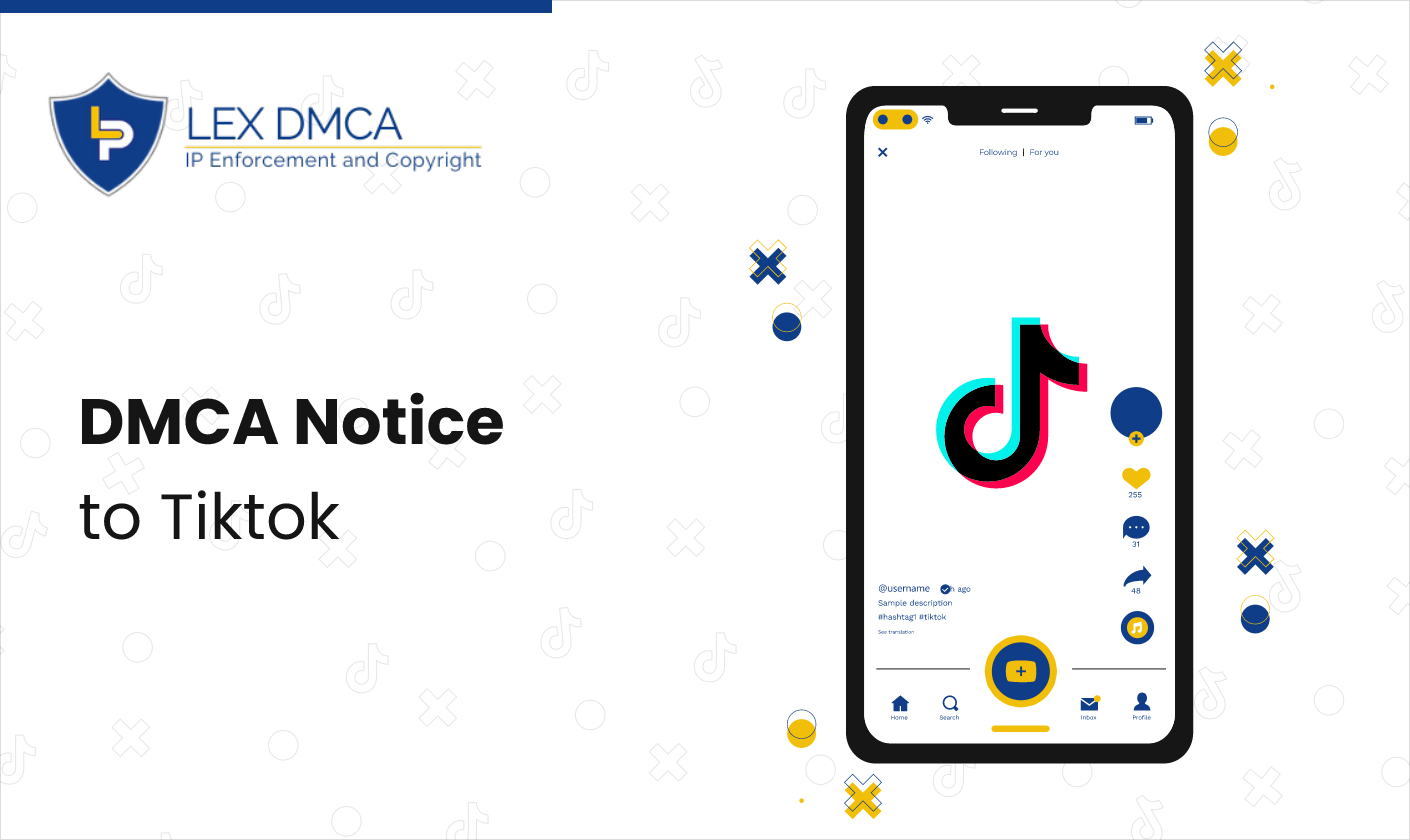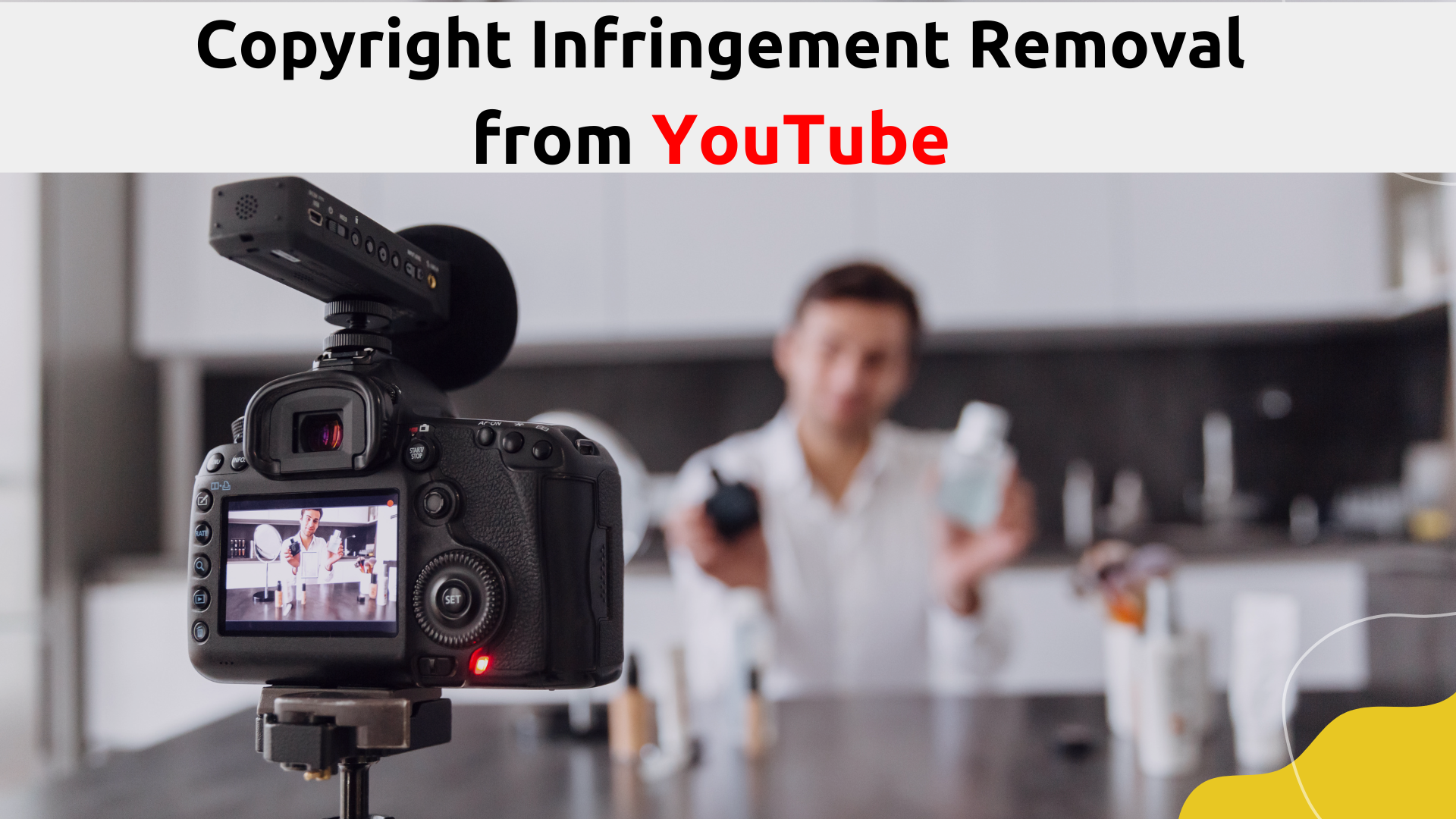In the digital age, social media platforms like Instagram, Facebook, Twitter, and TikTok have become essential channels for sharing content. While these platforms offer incredible opportunities for content creators to reach a global audience, they also pose significant risks, particularly in terms of copyright infringement.
Unauthorized use of content is rampant, leaving creators vulnerable to having their work stolen, misused, or falsely claimed. Protecting your intellectual property online has never been more important. This blog will discuss the nature of social media copyright infringement and outline steps to safeguard your content effectively.
Understanding Social Media Copyright Infringement
Copyright infringement occurs when someone uses your content—such as images, videos, music, or text—without your permission or a proper license. Social media platforms are rife with such violations, often because users either do not understand copyright laws or choose to ignore them. Examples of infringement include:
- Posting someone else’s photograph without credit or permission.
- Using copyrighted music in videos without a license.
- Copying text from a blog or article and posting it as one’s own.
- Sharing entire articles or significant excerpts without proper attribution or permission.
These actions violate the copyright holder’s rights and can lead to legal consequences, including content takedowns, fines, and, in severe cases, lawsuits.
Why Protecting Your Content Matters
Protecting your content from infringement is crucial for several reasons:
- Preserving Creative Ownership: Copyright laws grant you exclusive rights to use and distribute your work. Infringement undermines your ownership and control over your creations.
- Monetary Value: Content is valuable. Unauthorized use can lead to lost revenue, as infringers may profit from your work without compensating you.
- Brand Reputation: Consistent misuse of your content can dilute your brand’s identity and integrity. Ensuring that your work is used correctly helps maintain your reputation and brand value.
- Legal Accountability: If your content is misused, the onus is on you to pursue legal action. Proactively protecting your work helps prevent unauthorized use and strengthens your case if infringement occurs.
How to Protect Your Content on Social Media
Given the pervasive nature of social media, completely eliminating the risk of copyright infringement may be impossible. However, several strategies can help you minimize this risk and protect your content:
1. Understand Copyright Laws The first step in protecting your content is understanding the basics of copyright law. Copyright automatically protects original works of authorship, including literary, musical, and artistic works. Knowing your rights and how they apply to your content helps you recognize and respond to infringement.
2. Use Watermarks and Copyright Notices Adding watermarks to your images or videos is an effective way to deter unauthorized use. A visible watermark with your name or logo makes it clear who the content belongs to and discourages others from using it without permission. Additionally, including a copyright notice in your posts (e.g., © [Your Name] [Year]) serves as a public declaration of your ownership.
3. Enable Copyright Protection Features on Platforms Many social media platforms offer tools to help protect intellectual property. For example, Facebook and Instagram have a Rights Manager tool that allows you to track and manage the use of your copyrighted content. YouTube has a Content ID system that scans uploads for matches to copyrighted material. Utilize these tools to monitor the use of your work and take action against infringement.
4. Register Your Copyright While copyright protection is automatic, registering your work with the appropriate copyright office provides legal benefits. Registration is necessary to file a lawsuit for infringement, and it offers stronger legal protection, including the ability to claim statutory damages and attorney’s fees. Registration also establishes a public record of your ownership.
5. Use Licensing Agreements If you allow others to use your content, ensure it is done through a licensing agreement. Licensing specifies the terms of use, including how the content can be used, where it can be displayed, and for how long. Clear agreements protect your rights and provide legal recourse if the terms are violated.
6. Monitor and Enforce Your Rights Regularly monitor social media for unauthorized use of your content. Tools like Google Alerts, reverse image search, and social media monitoring services can help track where and how your content is being used. If you find infringement, take action by reporting it to the platform, sending a cease-and-desist letter, or filing a DMCA takedown notice.
7. Educate Your Audience Raising awareness about copyright can also help protect your content. Educate your followers and other content creators about the importance of respecting copyright laws and the proper way to use others’ work. This can help foster a community of mutual respect and reduce the likelihood of infringement.
Conclusion
Social media copyright infringement is a prevalent issue that poses significant risks to content creators. By understanding copyright laws, using protective measures like watermarks and copyright notices, utilizing platform-specific tools, registering your copyright, and actively monitoring your content, you can safeguard your work and maintain control over your creative output. Protecting your content not only preserves its value but also upholds your rights and integrity as a creator. As social media continues to evolve, staying informed and proactive about copyright protection will be crucial for anyone looking to succeed in the digital landscape.






 Mon-Sat 10am-7pm IST
Mon-Sat 10am-7pm IST